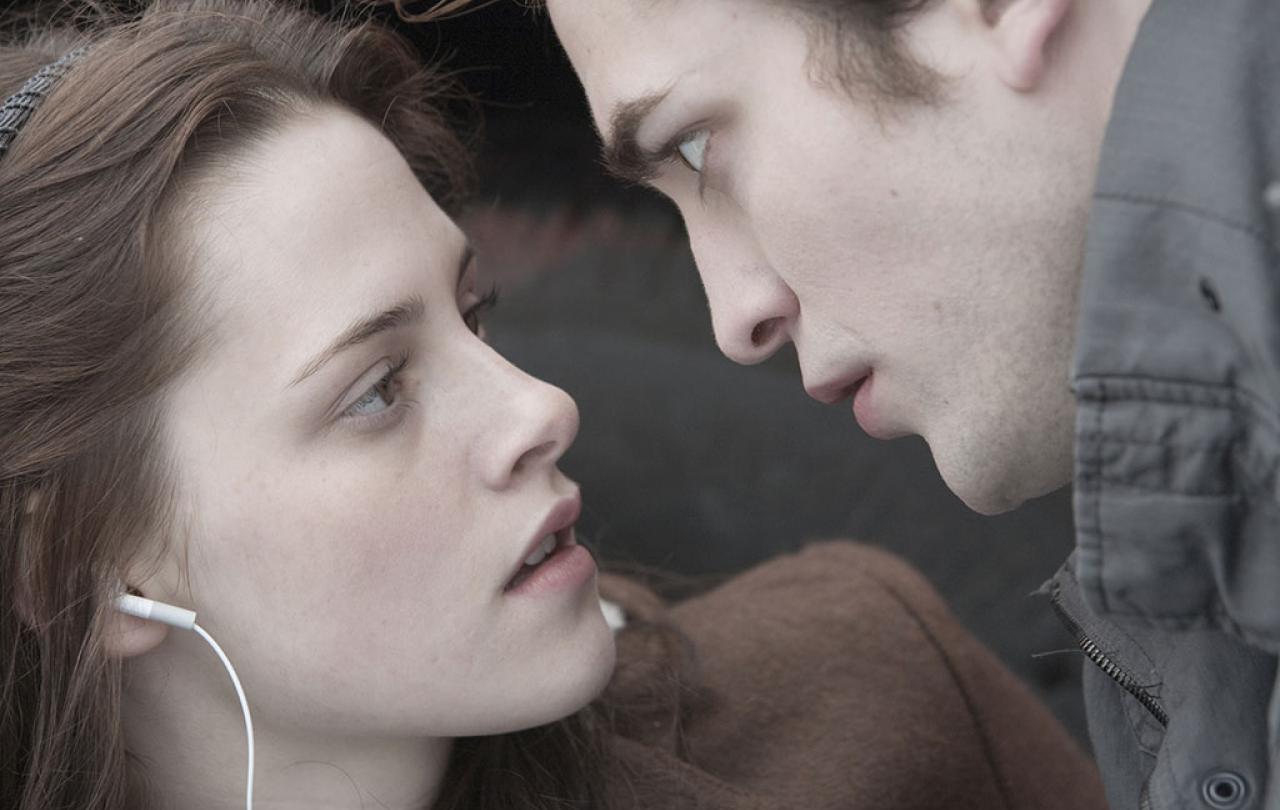But where this phenomenon is reaching astounding heights is in the context of romantic relationships. The technological age in which we live, where the majority of romantic relationships are now being initiated and established online, has meant that we’ve got ghosting down to a fine art. It’s become all too easy. And apparently, nobody is immune.
Just recently, Billie Eilish – Oscar and Grammy award winning musical genius and all-round cultural icon - explained how she had recently been the victim of an almighty ghosting. She said,
‘it was insane. I was like – “did you die? Have you literally died?” It was somebody that I’d known for years, we had a plan (to meet) and the day of… nothing. I never heard from him again.’
Imagine being ignored so suddenly and completely that your first instinct is that the person must have died, only to realise – they hadn’t died, you were just disposable to them. This is happening all of the time, there’s a generation of people who are having their sense of self and of the ‘other’ defined by this very phenomenon.
What’s incredibly interesting is that in the span of a few short years, psychologists and relationship therapists have gone from speaking of ‘ghosting’ in terms of emotional immaturity, conflict avoidance and a lack of communication skills, to regarding it as a form of cruelty and even abuse.
It is not primarily the intent of the ‘ghost’ that is causing psychologists to speak of ghosting in increasingly serious terms. Most ‘ghosts’ are cowardly, perhaps, but not sheer evil. Rather, it is the extraordinary depths of hurt that the behaviour inflicts (intended or not) upon the person who has been victim to it.
We are learning that there are all manner of harmful things that ghosting does to our brains and all kinds messages that it sends to our self-esteem. Namely, that we weren’t enough for that person, that we’ve failed somehow, that we’re disposable, that we misread the situation, that we misread them, that we’re deficient in almost every kind of way.
These lies inevitably fill the gaps left by the silence of the other person. False explanations, usually of the most self-depreciating kind, take advantage of that fact that no explanation was offered by the person who hurt us. The bewilderment itself becomes a form of torture. And so, ghosting causes a social injury, it inflicts a heart wound. Being ghosted, we are coming to realise, is a rejection of the most absolute kind.






